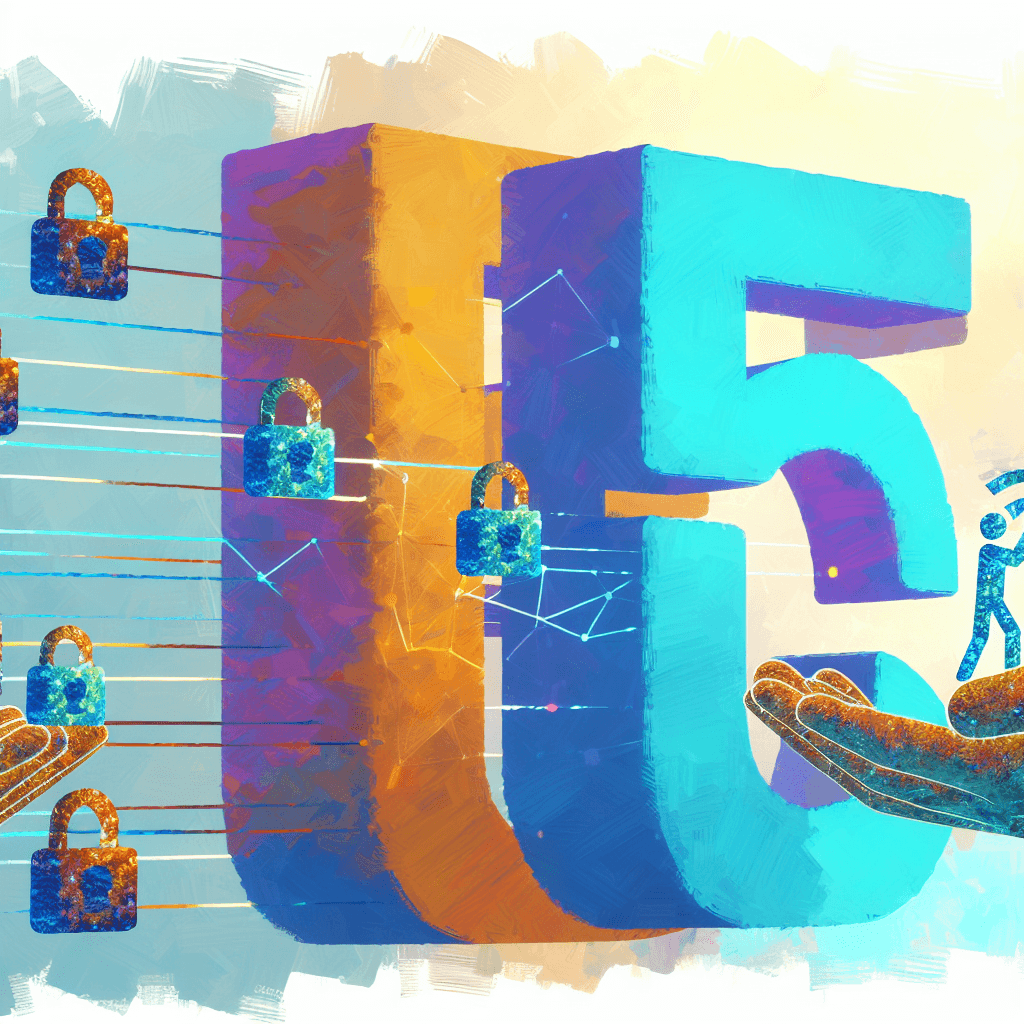Google has finally started to wake up, and honestly it feels overdue, trying to get a handle on the swamp of malware that lives outside its own store. They are calling this new thing “Developer Verification,” basically a filter meant to separate the real from the fake. Now every Android developer, whether they push apps through Google Play or spread them around as sideloads, will have to go through this check. It is not just about headlines or patting themselves on the back, it is about the daily reality of millions of Android users who have been left too exposed for too long.
For years Google leaned on this idea of innovation without friction, which really meant being passive while problems piled up. The truth is enforcing quality and security never needed bigger budgets, it just needed a different mindset, a willingness to hold the line on standards instead of letting anything through.
From where cybersecurity leaders sit, this shift makes sense. The numbers speak loud enough, most infections trace back to apps outside Google Play, sideloaded from sketchy third parties. Google itself admits the new checks are already cutting down on scams inside their own walls. The real battlefield though is outside, in the wild west of independent app stores. Threat actors love that space, they pose as trusted developers, hide behind anonymous IDs, and pour out malware disguised as something harmless. This verification step is Google’s way of trying to cut through that fog. It feels like a first attempt at restoring order and giving people a little more reason to trust the ecosystem.
But underneath all the tech, the core issue is still trust. And trust is fragile, it cracks easy. A user downloading an app just wants to know it will not steal their contacts, lock up their phone, or spy on them in the background. Verification will not solve everything, but it is a step toward showing that Google is ready to lead with stronger security. For CISOs and security teams, it is also a reminder. You cannot just bank on Google or any platform to protect you. Leadership here means layering defenses, teaching users to spot risks, building faster response when incidents hit. Google tightening its grip is good, but the real responsibility still sits with leaders who decide how safe their people and their data really are.
Beyond the Screen: The Bigger Picture of Security
This move from Google echoes a larger conversation about information security in the age of AI. As AI grows smarter, so do the tactics of cybercriminals. Fake apps are more convincing than ever. Malicious code can adapt and evolve in real time. So, the question is: will verification measures slow down bad actors or just make them more creative? The answer depends on how well Google’s new system integrates with the broader cybersecurity landscape.
In the end, Google’s push for developer verification is practical. It’s necessary. Yet, it also reveals a critical truth: no single action can fix a complex problem storming with digital threats. For cybersecurity leadership, it’s a reminder to stay vigilant, innovate, and lead with expertise. Trust is built on layers—technology, process, and people. Google’s latest move might be a piece of that puzzle, but CISOs and security professionals know well that the real test lies in staying ahead of evolving threats. As the landscape shifts, so must our strategies. There’s no room for complacency in the age of AI-driven cyber threats. The goal remains clear: protect users, build trust, and remain vigilant against the next wave of invisible enemy attacks.
![]() Strengthening Digital Defenses for Competitive Advantage
Strengthening Digital Defenses for Competitive Advantage
Gaining insights from successful cybersecurity models can foster innovative approaches to protecting digital assets. While it’s important to learn from the market leaders, tailoring their strategies to fit your business context is crucial to avoid potential security pitfalls and ensure a robust defense mechanism.
Keep these key insights in mind:
- Verify Developer Identities: Always check if apps come from verified sources. Google’s Developer Verification aims to prevent impersonation and fake apps. This underscores the importance of authentication—a core lesson from ‘Securing Success in a Digitally Driven World’—where trust forms the foundation of digital security.
- Avoid Sideloading Unverified Apps: Restrict app installation to official stores only. Sideloaded apps pose malware risks, especially outside trusted ecosystems. This aligns with ‘Navigating Cyber Threats for Sustainable Growth,’ emphasizing controlled access to mitigate external vulnerabilities.
- Implement End-User Education: Train users to recognize suspicious apps and behaviors. Awareness reduces the likelihood of falling for malicious impersonations. This lesson echoes ‘Building Resilience in the Age of Digital Transformation,’ highlighting resilience through informed decision-making.
- Adopt Multi-layered Security Measures: Use tools like app vetting, malware scanners, and app permission reviews. Multiple safeguards create barriers and reduce risk exposure. This reflects the overarching principle in ‘Securing Success in a Digitally Driven World’—layered defenses are vital for sustainable digital security.
Each lesson directly supports a strategic approach to resilience, security, and trusted growth in an increasingly interconnected digital landscape.
From the Author
Cybersecurity threats are escalating at an unprecedented rate, making it crucial for professionals and organizations to stay ahead of the curve. The increasing sophistication of cyber attacks means that traditional security measures are no longer sufficient. A united front, incorporating innovative security solutions and collaborative efforts, is essential to tackle this compounding problem.
I endeavor to curate stories like this one on my website. This serves a dual purpose: firstly, to provide a valuable reference for my writing endeavors, and secondly, to share insightful narratives with the wider community. If you like this story, you should check out some of the other stories in the Management section or Small Business section.
You can also find more of my Cybersecurity writings here in the Cybersecurity section.
To check the original story Click here
Stay Up-to-date
Stay informed on the latest cybersecurity strategies and tools, check out Google Cybersecurity Certification.
AI-Cyber-V2







